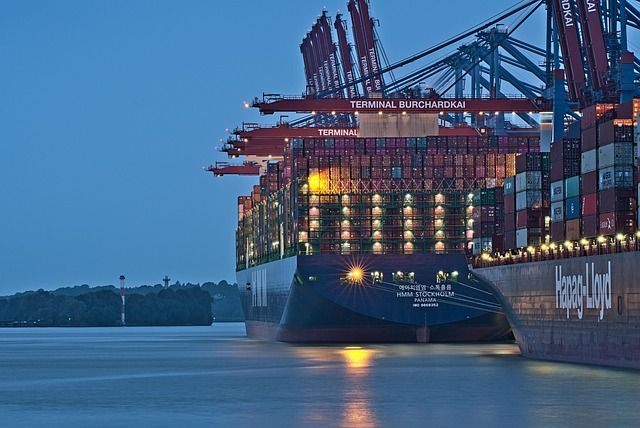Less-than-truckload (LTL) Dynamic Based Pricing Model
Dynamic Based LTL Pricing
In the less-than-truckload (LTL) freight industry, dynamic pricing models are transforming how shipment rates get calculated. This pricing strategy moves away from static annual contracts toward a more flexible, real-time approach responsive to current market conditions.

Traditional LTL Pricing Problems
Historically, LTL pricing relied on base rates set by carriers using in-house models and assumptions. Factors like freight class, shipment dimensions, trailer space usage, handling costs, and risk exposure all went into the rate calculations. However, these static rates often created mismatches between carrier costs and shipper pricing expectations.
Emergence of Dynamic LTL Pricing
As LTL technology advances, dynamic pricing models leverage increasing amounts of real-time operational data from carrier networks. By analyzing shipment details, lane conditions, capacity availability and other variables day-to-day, LTL carriers can now dynamically adjust pricing with greater precision.
Dynamic pricing allows rates to fluctuate based on real-time market factors rather than being locked into annual contracts. Shipment rates can go up or down throughout the year based on current:
- Shipment characteristics like dimensions and weight
- Carrier capacity and lane imbalances
- Lane embargoes
- Operating costs across the carrier's network

Benefits for Shippers & Carriers
For LTL shippers, dynamic pricing opens the door to take advantage of real-time cost savings when excess capacity exists on particular shipping lanes. Rates can dip below annual contracted pricing without re-negotiation.
LTL carriers benefit by better aligning pricing with their actual operational expenses. Rather than using industry averages, they can price freight based on live data from their own carrier networks. This allows improving trailer utilization, managing lane imbalances, and recalibrating pricing for new service areas - all while still honoring negotiated contract rates.
The Road Ahead for Dynamic LTL Pricing
While the concept shows promise, full transition to dynamic pricing models won't happen overnight. Many major shippers value the predictability that traditional contracts provide for budgeting purposes.
However, most industry experts agree dynamic pricing is the future for LTL. Combined with negotiated base rates, these data-driven pricing models allow LTL carriers and shippers to share the benefits of optimized pricing in real-time. Leading carriers and freight brokers like Translogistics (TLI) are already rolling out LTL dynamic offerings, with more advances expected as LTL technology continues evolving.
Additional LTL Contracting Options
TLI provides shippers with access to a variety of LTL pricing models tailored to meet diverse needs. These models include blanket LTL pricing, which offers standardized rates across various lanes; custom contract pricing, which is tailored to specific agreements between shippers and carriers; linear feet based pricing, which charges based on the length of the shipment; point to point based pricing, which considers the distance between origin and destination; and density based LTL pricing, which takes into account the shipment's weight and volume. This flexibility ensures that shippers can choose the most cost-effective and efficient pricing strategy for their unique shipping requirements.
TLI Insights
Get the latest logistics insights and tips from TLI's award-winning team. Stay ahead in transportation planning.
Questions? Email us at marketing@shiptli.com



